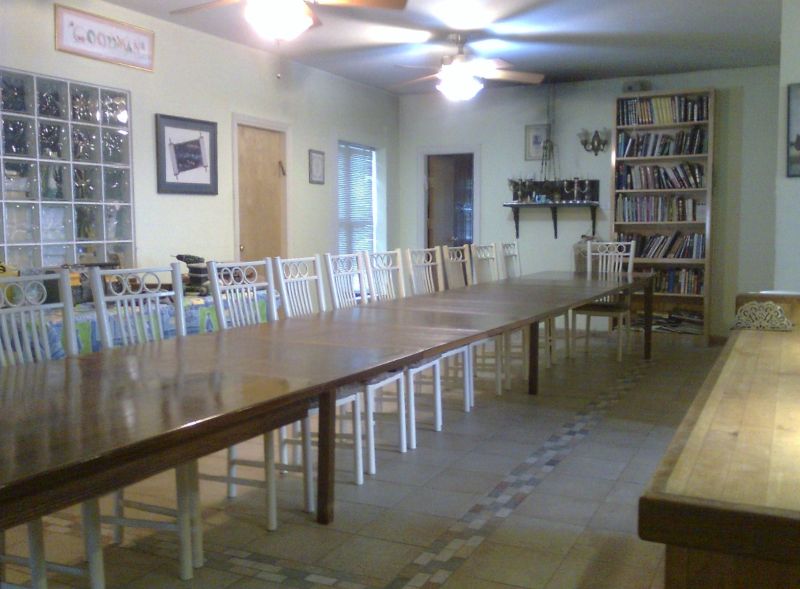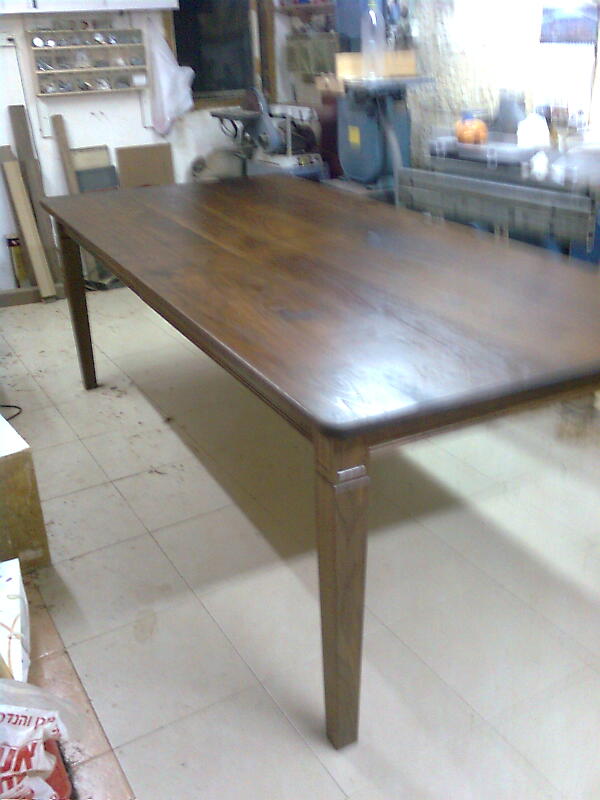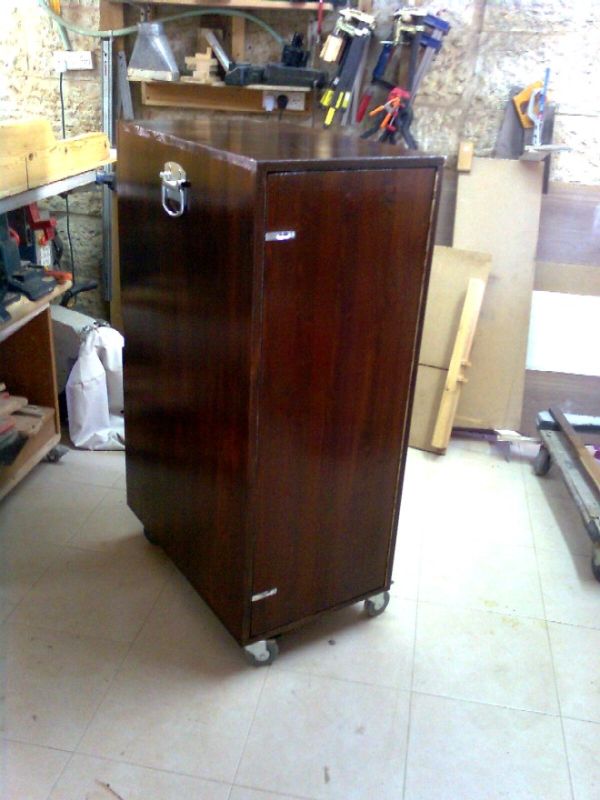Question
WOODWEB Member:
I am being asked to build a larger scale version of a pedestal table I built. Client wants to go from my 44" dia. to 5.5 to 6 ft closed and with 2 -18" insert leaves. I'm thinking about how to support this much structure on a pedestal. I have never seen a table this large that was as stable as I prefer. Too much leverage when you get out that far from the base. Is there a tried and true maximum overhang for a table top to its base (and then with 3' more of leaves)? Do you think I should try to steer my client away from a pedestal and to 4 leg version?
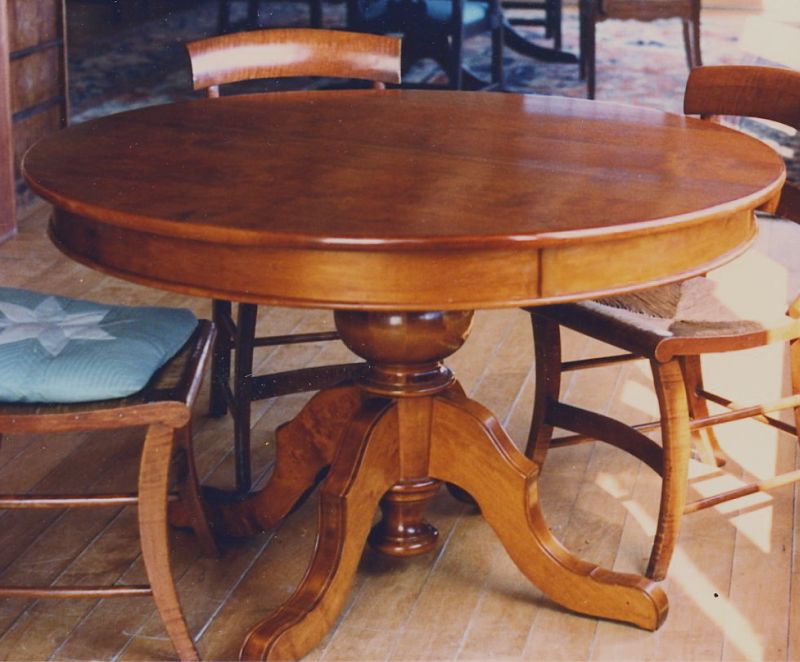
Forum Responses
(Furniture Making Forum)
From contributor D:
The commercial solution is to have a split pedestal - turning and all - with each half attached to each table half. Odd when open and less than right when closed.
When I made a 7' pedestal table that needed to go to 12', I put in two drop down legs - one at each end - that literally dropped out as a leaf was pulled out more than 16" or so. These leg assemblies were a pair of tapered 2x2 about 12" apart with a short stretcher about 8" above the floor, hinged to the underside of the top about 20" from the end (to avoid knee knocking).
The drop down legs were the best solution I have seen, and made it stable and doable. It did take some engineering and evolution to make it work well. The only problem was remembering to swing them back up as the table was closing - took 2 people and some stooping. But it was never a complaint.
2) I have done 6 foot diameter rounds, with leaves, on a single central base, but it was a lot beefier than your design.
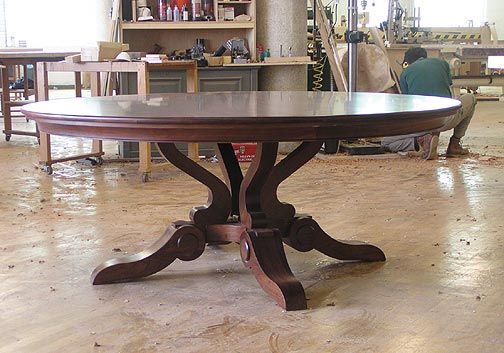
I initially got complaints because it takes two people to open but they learned to live with it. They also had me put wheels on it that of course had the table rolling around, so we got locking casters and one or two of them broke because they forcibly rolled the table closed with them locked and then broke the extra legs, but I fixed them up and have no complaints in quite a while.
All in all it was a great project and it really stretched me to my limit. Now I can do it again and make fewer mistakes next time (everyone makes them!). Take into account that the client wants the best of both worlds and that doesn't always fit with reality.
